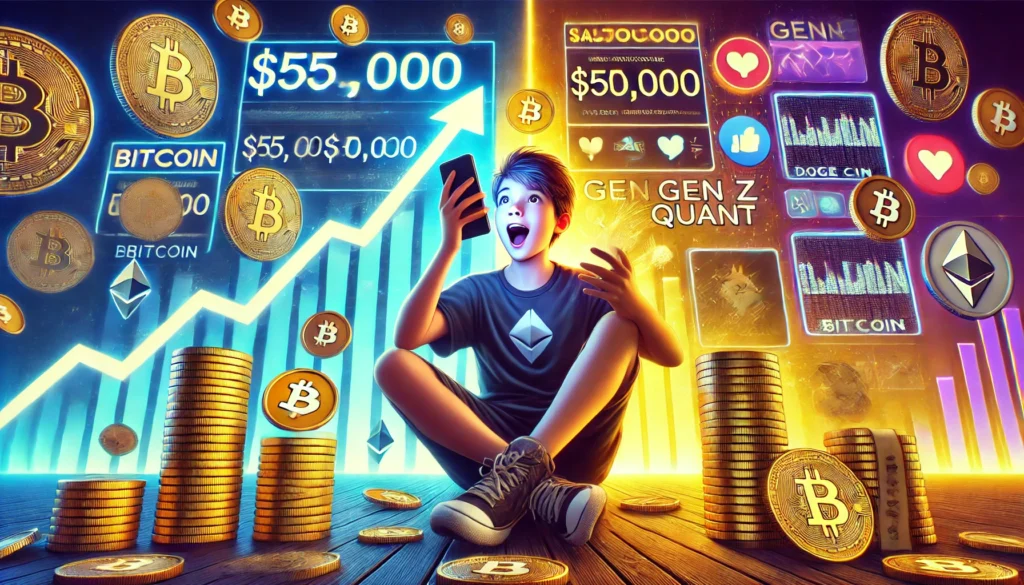
In the ever-evolving world of cryptocurrency, stories of rapid wealth accumulation often capture the public’s imagination. One such tale involves a teenager who, in a matter of minutes, turned a playful venture into a staggering $50,000 profit through a memecoin he created. However, this windfall was met with a fierce backlash from the trading community, raising questions about ethics, legality, and the volatile nature of the crypto market.
The Rise of Gen Z Quant
On November 19, a young boy named Biesk launched a cryptocurrency called Gen Z Quant, initially releasing one billion tokens and purchasing a portion for himself. Within just eight minutes of launching, the value of his tokens skyrocketed to nearly $30,000, prompting him to cash out with a triumphant exclamation of disbelief. This rapid ascent in value is not uncommon in the memecoin market, where speculation often drives prices to dizzying heights 1.
The Nature of Memecoins
Memecoins, cryptocurrencies without intrinsic value, are often created as jokes or memes. They thrive on community engagement and social media hype, making them a risky investment. While some traders have profited immensely, many others have faced significant losses. The case of Gen Z Quant exemplifies the high-risk, high-reward nature of this market, where fortunes can be made and lost in the blink of an eye 1.
The Backlash: A Community in Uproar
Following Biesk’s cash-out, a wave of backlash ensued. Many traders felt deceived, believing they had been swindled by the sudden drop in the coin’s value after his sale. The emotional toll on Biesk’s family was profound, as they faced harassment and threats online. The situation escalated to the point where they felt compelled to make their social media accounts private and limit communication with the outside world 1.
Ethical and Legal Implications
The incident raises critical questions about the ethics of memecoin trading and the responsibilities of developers. While the teenager’s actions may not have explicitly violated any laws, they highlight a legal gray area surrounding cryptocurrency. Experts suggest that developers owe a duty of care to their investors, which complicates the landscape of memecoins and their regulation 1.
Conclusion: A Cautionary Tale in Crypto
The story of Biesk and his memecoin serves as a cautionary tale for both aspiring crypto investors and developers. It underscores the unpredictable nature of the cryptocurrency market and the potential for rapid gains to be followed by severe backlash. As the landscape continues to evolve, it remains crucial for participants to navigate this space with caution and awareness of the ethical implications of their actions.
What are your thoughts on the rise of memecoins and the responsibilities of their creators? This is really what is wrong with the crypto industry at this time, in my opinion. Share your opinions in the comments below!